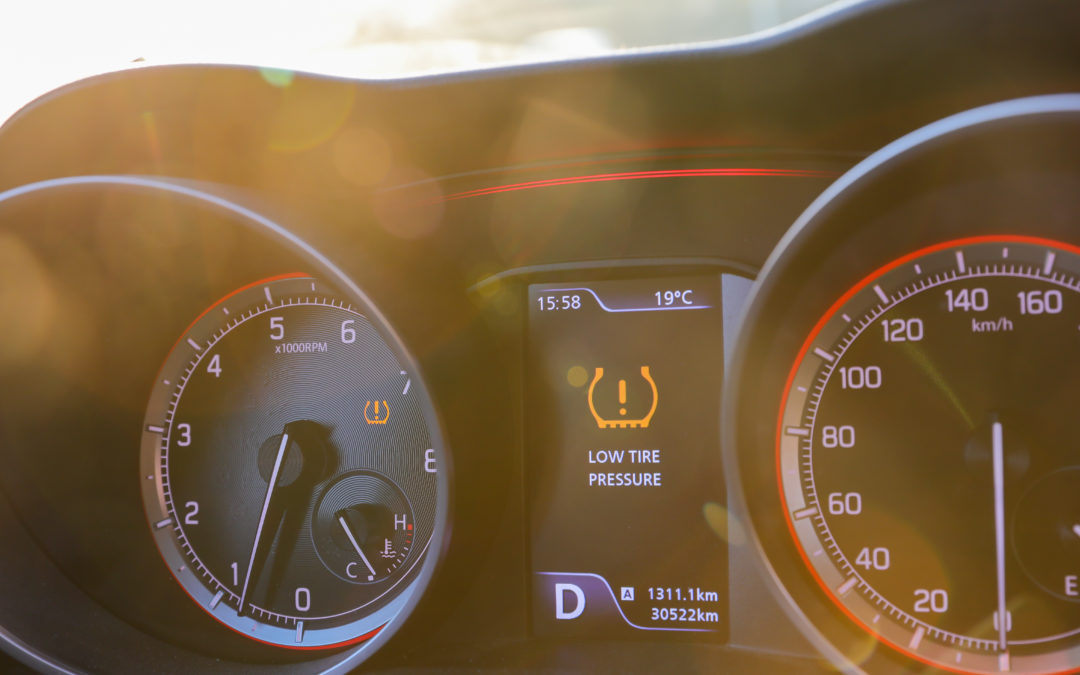
by Michael Lazo | Jan 18, 2023 | Auto Repair Northern Colorado, Preventive Maintenance
Did you know that 84% of new year’s resolutions made by Americans are about their physical or mental health and well-being (Forbes)? It makes sense to reset your focus on what is important, and that includes your vehicle health. As you plan your personal resolutions you may want to think about how you can establish a vehicle health resolution for this upcoming year. In this month’s blog post, we show you how easy it is to establish a vehicle health resolution that you can keep! (more…)

by Michael Lazo | Dec 19, 2022 | Auto Repair Northern Colorado
Most drivers have probably never given much thought to the physics of driving. However, the law of physics plays an important role in many functions of driving, including how your vehicle safely handles curves and turns. A key component in this process is part of the axle assembly, your vehicle’s differential. In this month’s blog post, we feature the differential, its role, and what happens when there may be a problem with the differential. (more…)

by Michael Lazo | Nov 29, 2022 | Auto Repair Northern Colorado
If you look under your vehicle’s hood, you will see various belts and hoses that are part of your engine. But what do these hoses and belts do for your vehicle? In this month’s blog post, we look at the basic function of belts and hoses and easy ways to keep them maintained. (more…)

by Michael Lazo | Oct 25, 2022 | Fall Car Care
With the cooler temps on the rise, you may notice that your tires visually appear to be somewhat deflated, or your tire pressure monitoring system (TPMS) displays the tire pressure warning light. Before you panic, keep in mind that it is normal for air pressure within your tires to drop when the temperatures goes down. This is especially noticeable in the early fall when the warm daytime temperatures change to much cooler temperatures at night. In this blog, we review important considerations for keeping your tires inflated at factory values to ensure safe driving. (more…)

by Michael Lazo | Sep 16, 2022 | Auto Repair Northern Colorado
You don’t have to be a professional mechanic to know that something may be wrong with your vehicle. If you stay alert to vehicle messages and use your senses while driving, in many cases you can identify when there is a problem. In this months’ blog, we share how you can use your four key senses of sight, smell, touch, and hearing to easily spot a developing issue in yourvehicle. (more…)





